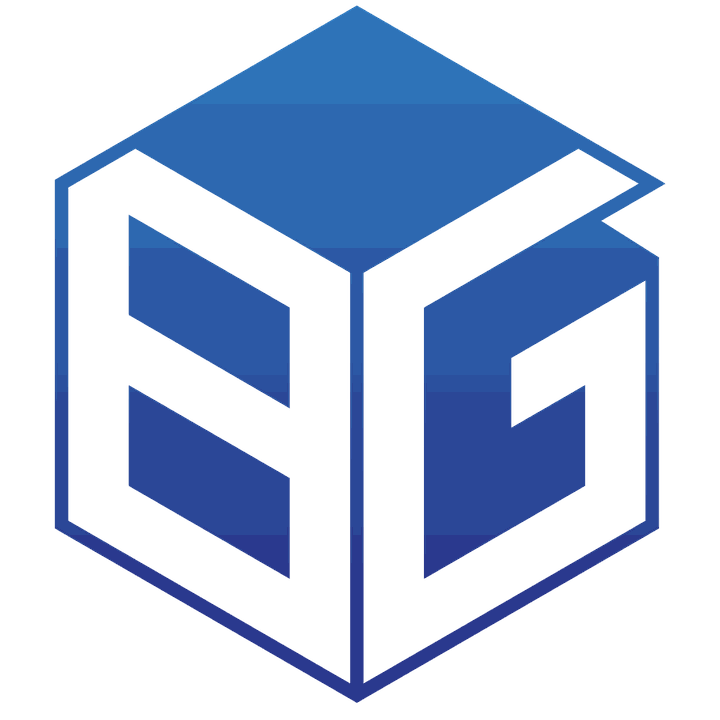Is DeFi the future of global finance?
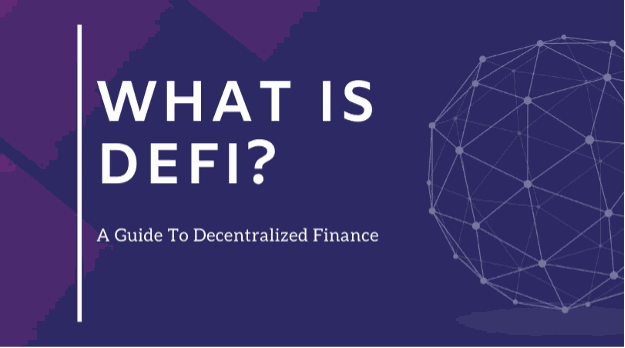
DeFi – Decentralized Finance or Open Finance is probably a term that many are familiar with when participating in the cryptocurrency market and is considered an essential component in the overall market development in recent years. So, what is DeFi? Will this trend continue to grow in the future? All will be discussed in the following article from BTAguru. Let’s find out with BTA Guru!
What is DeFi?
Currently, Ethereum is the platform with the most active DeFi applications. However, other ecosystems such as Tron, BNB Chain, Polygon,… have also shown strong development in recent years.
DeFi is an acronym for Decentralized Finance (decentralized finance/open finance). This term refers to financial applications built on Blockchain. Specifically, DeFi is the “path” that brings traditional financial products to the decentralized world. In this realm, the need for third parties is eliminated or minimized, transparency and security are enhanced, costs are reduced, and intermediaries are no longer necessary.
DeFi vs. Traditional finance
Some disadvantages of traditional finance compared to DeFi can be mentioned:
- Some people may not have access to setting up bank accounts or using financial services.
- Financial services may prevent users from receiving funds.
- Financial services often exploit personal data for hidden fees.
- Governments and centralized institutions can shut down operations at any time.
- Trading hours are limited.
- Transfers can take days due to internal processes.
The Purpose of DeFi
In Centralized Finance (CeFi), you trust that the government will not unexpectedly print money, causing inflation to rise; banks will keep your money safe; and you often profit by entrusting your assets to a third party, giving control of your money to someone else.
However, even if it’s your money, you cannot fully control it 100% using CeFi. DeFi was born to create an open financial system for everyone where people can have complete control over their assets. More broadly, using blockchain technology, DeFi is an ambitious attempt to decentralize core traditional finance use cases, such as trading, lending, investing, asset management, payments, and insurance.
Can DeFi replace CeFi?
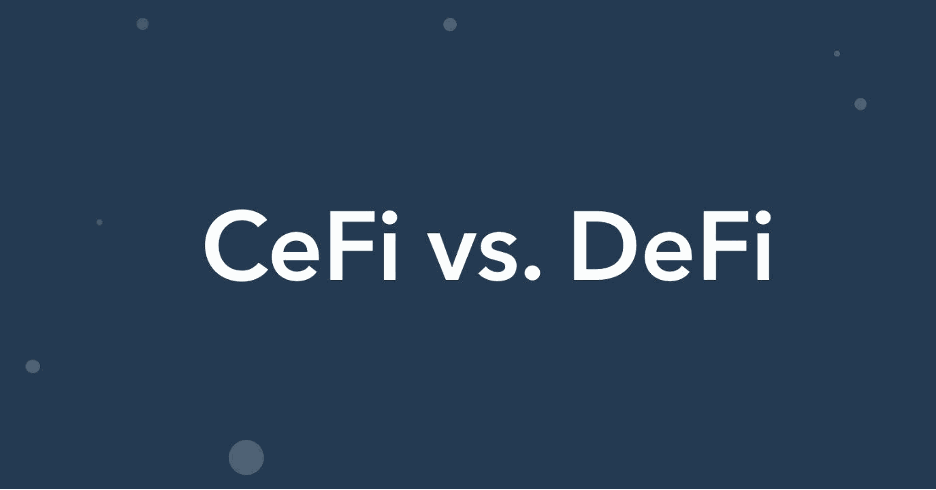
Basically, DeFi will not be able to replace CeFi completely. However, it will provide more services that CeFi cannot offer. In DeFi:
- Cryptocurrencies will replace assets.
- Organizations and companies will be replaced by blockchain technology.
- Access to decentralized finance only requires a device connected to the internet.
Therefore, DeFi tools are certainly different from CeFi tools, even though they offer similar financial services like loans. In addition to this, they also offer new financial services like stablecoins (DAI, True USD,…).
The main characteristics of decentralized finance
- Easily accessible: DeFi is an open system that anyone with an internet-connected device can access easily.
- Interoperability: Building a master block simplifies interoperability between blocks and creates a scalable ecosystem over time.
- Privacy: Unlike CeFi, where personal data provision is unavoidable, in DeFi apps (Dapps), there are limited demands on third parties (banks or institutions) for users to trust since they are custodians of their own assets truly.
- Transparency: Data on market operations is displayed equally to all participants.
Core benefits of decentralized finance
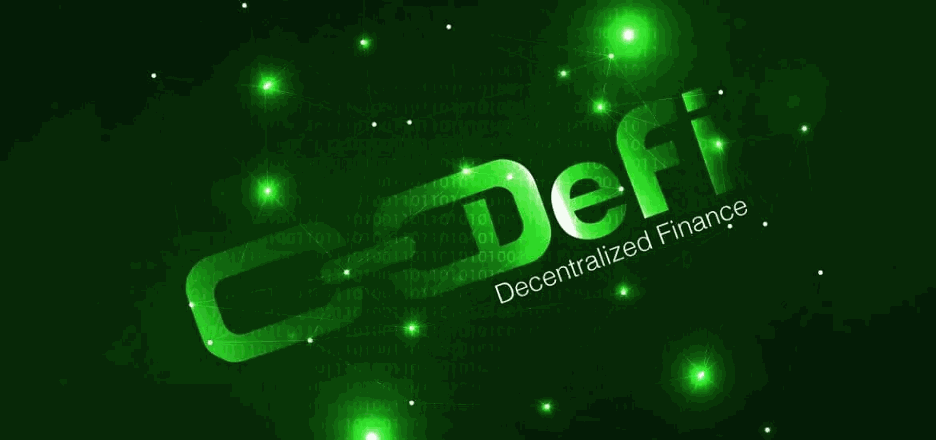
- True Decentralization: Helps fight censorship, allows all walks of life to participate, and involves trusted third parties.
- Low cost and fast transactions: Thanks to using Blockchain infrastructure.
- Full control over assets without the need for a third party: Due to ownership of private keys by users.
- Increased transparency: Reduces risks stemming from personal gain or misinformation.
How DeFi works
Operations in DeFi are not governed by a single organization or person but instead by rules written in code or smart contracts. Once deployed on the blockchain, DeFi apps (Dapps) will function autonomously without human intervention. Additionally, these smart contracts are completely public on the blockchain, allowing anyone to audit them. However, due to privacy concerns, transaction identities are recorded with fake names by default.
Can decentralized finance be risky?
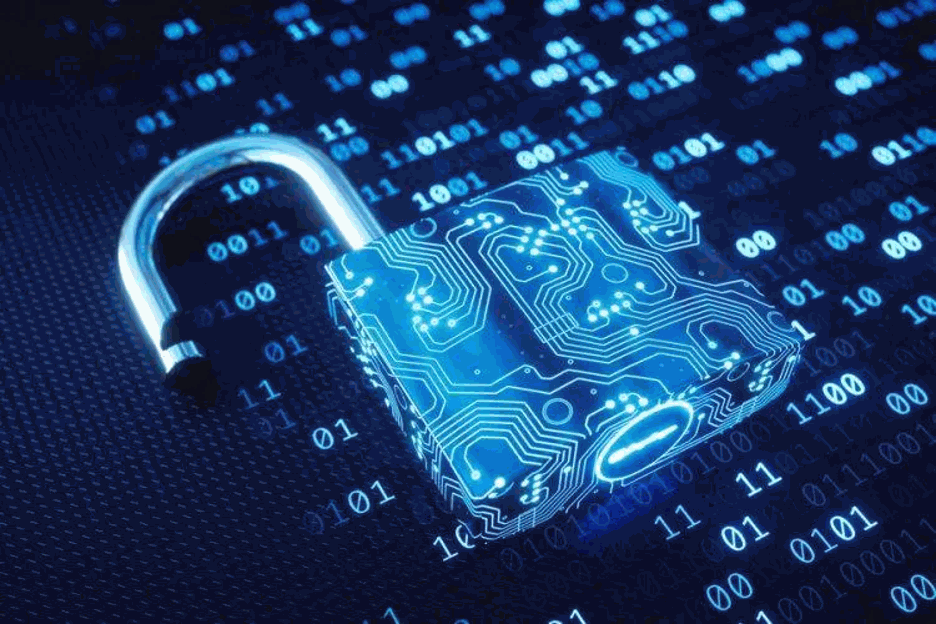
Regarding the level of risk, Dapps are currently the most targeted “places” for hackers. The most famous attack was the DAO incident in June 2016, where a hacker exploited a vulnerability in encryption and transferred a third of the DAO’s funds to another account. This forced Ethereum to hardfork the blockchain to recover the lost funds. More recently, there was an attack on the bZx protocol where hackers stole nearly $1 million. These incidents highlight that the technology behind decentralized finance applications is still underdeveloped and flawed, making them vulnerable to attacks and damaging the reputation of this technology.
Some popular DeFi applications
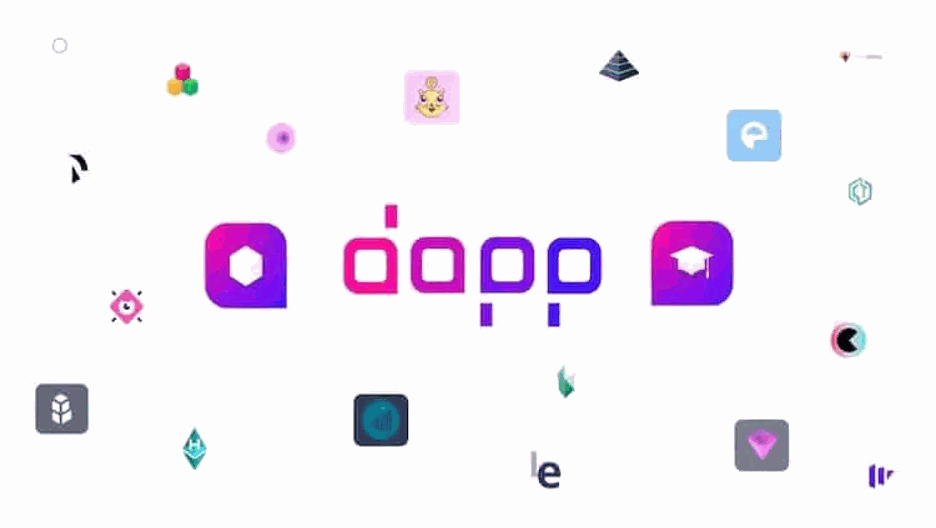
Decentralized lending platform
There are many different financial products based on DeFi. But, the fastest growing and most popular sector of DeFi is borrowing and lending platforms.
Like banks, users deposit money and earn interest on people who borrow it. However, in this case, the bank is no longer an intermediary but a smart contract that will be the party connecting the two users, enforcing loan terms, and distributing interest.
Stablecoins
As you know, the cryptocurrency market is one of the most volatile markets; Therefore, there is a need for a coin that holds value, which is a stablecoin.
Some stablecoins are built on decentralized finance platforms such as DAI, Terra, True USD, …
Decentralized Exchange
Another popular DeFi application is a decentralized exchange (DEX).
DEXs are cryptocurrency exchanges that use smart contracts to enforce rules, execute transactions, and securely process funds when necessary. So, when you trade on the DEX, there will be no trade operator, identity verification, or withdrawal fees.
Some decentralized exchanges: Binance DEX, Pancakeswap, Uniswap…
There are also several other applications, such as decentralized payment platforms (Lightning Network, Helis, xDai,…); decentralized derivative products (Market protocol, Uma,…)
Conclude
Hopefully, through BTA Guru’s article on DeFi, you will have a clearer view of DeFi and understand the potential that DeFi brings. If you have any questions or suggestions, please comment below the article!
